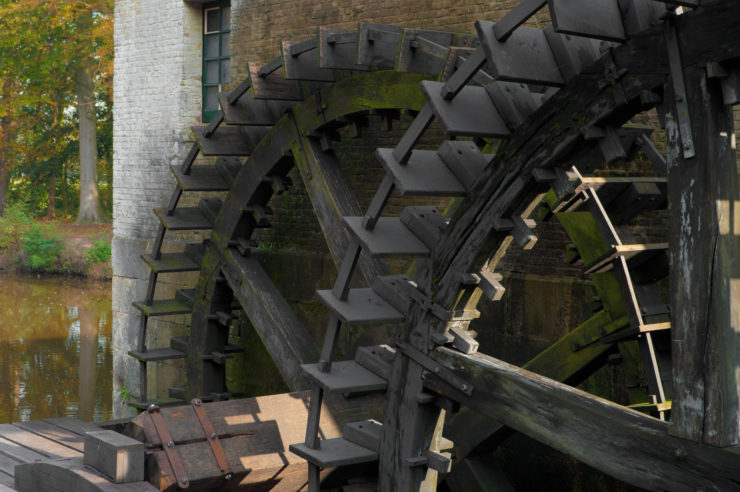
01 Oct Hemp is Driving Real Estate Action and It’s Not Just Farms

It’s common to see articles these days related to the positive economic impacts of hemp legalization. Most of these articles focus on job creation, opportunities for farmers, or opportunities for businesses chasing the CBD craze. One thing that has been interesting to me, though–and which seems to have attracted less attention–is the way that hemp has revitalized certain non-farm properties that had been underutilized or abandoned. This echoes early trends caused by marijuana legalization in Oregon, Colorado and elsewhere, when industrial properties were rehabilitated, purchased and leased en masse for cannabis uses.
Revitalization of industrial properties is now happening with hemp processing. Very recently, for example, I helped a group of professional real estate investors purchase a large and underutilized sawmill property in southern Oregon. The purchase price was well into the seven figures and the transaction was highly dynamic in that it involved seller financing, complex environmental considerations, multiple third-party guarantors and indemnitors, a limited leaseback, etc. Like all the fun ones, it almost fell through a couple of times. But the deal came through in the end.
So, why was this particular deal interesting? For many decades, logging was a primary economic engine in Oregon. It is now undisputed, though, that the cannabis industry (both marijuana and hemp) has replaced the timber industry as the natural resources engine in the southern part of the state. Beginning this harvest season, tenants at the property my clients purchased will be drying over 35,000 kilos of hemp per month in enormous kilns, rather than however many board feet of lumber. If that sounds like a lot of hemp for one site, it is– but it’s not so much in the context of Oregon hemp production acreage overall.
Because the 2018 Farm Bill was only recently enacted, data related to economic impacts of large-scale hemp production are inchoate. Once the USDA releases its rules and begins to certify state programs, we may begin to see a fuller picture. Even then, however, we are likely to get data limited to discrete categories of activity–hemp production acreage, commodity sales prices, jobs created, etc.–and it will be difficult for economists to quantify the gross economic footprint of hemp legalization. This includes through purchases like the sawmill property our Portland office recently papered.
To be clear, this particular purchase and sale agreement is just one of many “ripple” type transactions we have run related to hemp either inside or outside of Oregon. Recent activity runs the gamut from co-packing agreements for hemp-CBD products, to advising financial institutions on serving hemp operators. Like other widely scaled commodities, hemp is infiltrating the whole economy. And based on metrics like raw production, all of this is happening incredibly quickly.
When the dust settles, we fully expect USDA and other federal and state agencies to regulate hemp in a manner more akin to tobacco than tomatoes. We do not expect this regulation to have a materially negative impact on the commercial viability of hemp, however, and we don’t foresee a dip in hemp-related activity anytime soon (and that includes hemp litigation). All of this means that there will be many more fascinating transactions as commercial and industrial properties are revitalized and reinvented. We can’t wait to be a part of it.


Sorry, the comment form is closed at this time.